Buy or gift a digital subscription and get access to the complete digital archive of every issue for just £18.99 / $23.99 / €21.99 a year.
Buy/gift a digital subscription Login to the Digital Edition‘On paper, the road up the European Shore would appear to be one of the great waterside drives,’ writes Andrew Finkel in Cornucopia 52, the special issue on the Bosphorus. ‘But in practice few ever attempt the 17 miles from downtown Karaköy to rural Rumelikavaği.’ Apart from traffic, the shore, which has spectacular dawns, is often hidden from the road, and it was only in the 1980s that the last stretch was built. So the best way to see it, Finkel concludes, is by boat, though the Metro now extends to Hacıosman, a 6-min taxi ride Büyükdere.
The towns that dot the shore as far as Sarıyer were once fishing villages with sleepy monasteries. By the late 19th century there were desirable yalıs as well as kösks – country houses with gardens – and handsome embassies and consulates. Ortaköy has preserved its waterside palaces and piazza, but only two of some 40 yalıs remain at Kuruçeşme, the first village north of the First Bridge, and the Art Nouveau houses at Arnavutköy are half-hidden by the road.
The heart of the Bosphoros Riviera is Bebek, its waterfront dominated by the Belle Epoque Egyptian consulate. Hotel Bebek has been here many years, as has Bedek Badem Ezmesi marzipan shop concocting its delights of pistachios and almonds. At the top of the northern esplanade is Rumelihisarı, where the fine fortifications guard the Bosphorus’s narrowest spot in the shadow of the Fatih Bridge, the second Bosphorus bridge.
Beyond the bridge is Baltalimanı, where the Japanese garden is modelled on Chofu Garden outside Tokyo. At Emigran is the wonderful Sakıp Sabancı Museum, which holds major exhibitions. Beyond it are the attractive waterside merchants’ houses at Yeniköy, once the most cosmopolitan village on the European shore, where young poet Cavafy lived for three years.
The Black Sea comes into view at Büyükdere, where there is a collection of porcelain and antiquities in the excellent Sadberk Hanım Museum. The fishermen of neighbouring Sariyer are passionate about their lüfer (bluefish) and çiroz (dried mackerel). Watch out for wild boar escaping habitat depridation in the Belgrade Forest as the third Bosphorus Bridge is being built at this northern end of this otherwise tranquil waterway.
See: GETTING AROUND
The strait is often thought of as the Upper and Lower Bosphorus. For swimming, head north! For clubbing park your convertable in Kuruçeşme, between Ortaköy and Arnavutköy.
THE LOWER BOSPHORUS
The town of Bebek on the European Bosphorus shore is perhaps the most fashionable in Istanbul, the views enhanced by a swooping suspension bridge whichever way you look. Beneath the first at Ortaköy are the super-clubs of Istanbul, presided over by Reina. At the other end lie waterside cafes in the shadow of Rumeli Hisarı, the old Ottoman fortress built to conquer Constantinople. The area inbetween is a playground that seems to be arrived at mostly by convertible or yacht. Unashamedly showy, but not without style. This being Istanbul, tradition is never completely exorcised, and the wooden houses on the shore at Arnavutköy are home to both excellent fish restaurants and grand old families, even if the days when they could leap from bedroom to Bosphorus have been paved over.
The Bosphorus shore downstream is studded with late Ottoman palaces and mosques. From Ortaköy square and its iconic mosque, via the Çirağan (now unquestionably the best luxury hotel in the city) and Yıldız Palaces, all the way to the enormous Dolmabahçe, home of the world’s largest crystal chandelier. Less flashy, set amongst a picturesque graveyard, is the shrine and mosque of Yahya Efendi, one of a trio of important 16th Century Sufis who were close advisors to the Ottoman Sultans. It is incredibly serene, and has the uncertain distinction of having the best view of any mosque in the city.
The European side of the Bosphorus from the Black sea to the Fatih Sultan Mehmet Bridge is a refined balance between city and seaside. Tarabya and Büyükdere is where the diplomatic classes took themselves off to in the 19th century. Beyond Sarıyer is wilderness, except that the PM has personally decided to destroy what should always have remained a nature reserve and the lungs of Istanbul, by building a third bridge here to bring further congestion to the city. Military zones (forests) are being privatised to ease the faster development of new housing estates. But for now it is heaven, and in a poyraz (north wind), the sea is turquoise and gorgeous. Swim to your heart’s content while you can. This August the Bosphorus is exceptionally warm. And for some reason there are droves of dolphins to swim alongside, ‘in amazing different colours’, says one captain.
THE UPPER BOSPHORUS
The Upper Bosphorus remains a haven of peaceful civilisation, at least until the dreaded third bridge is built. The villages become increasingly distinct from one another as you move north, from Emirgan and its superlative Sakıp Sabancı Museum, all the way to Sariyer and the equally impressive Sadberk Hanım Museum. Eventually the traffic thins out too, and the coast becomes an enjoyable place to walk, stop, sit, take tea and watch the boats go by.
Just inland is the last significant expanse of greenery remaining anywhere near the metropolis, the Belgrade Forest. It makes a lovely place for a day of strolling and picnicking.
The European side of the Bosphorus from the Fatih Sultan Mehmet Bridge to the Black Sea is a refined balance between city (şehir) and seaside (sayfiye – where chaps may wear shorts). Tarabya and Büyükdere is where the diplomatic classes took themselves off to in the 19th century. Beyond Sarıyer is wilderness, except that what should always have remained a nature reserve and the lungs of Istanbul is to be destroyed by a third bridge. Military zones (forests) are being privatised to ease the faster development of new housing estates.
The coast road is notoriously prone to gridlock. Avoid at peak times whenever possible. Wiley taxi drivers will have their secret routes over the hills, but a sea taxi is much more pleasant, and in one of the few reversals in the demise of the Bosphorus vapur, more boats now stop at the iskele in Ortaköy.
There is a good bus service along the coast road, which can be rather gorgeous on a weekday morning when the traffic is light (except in Emirgan, which is plagued by ‘vale-parking’), but it is notoriously prone to gridlock. For the upper reaches, beat the traffic by taking the M2 metro, and grab a taxi see route map – a new branch line has just opened between Levent and Bosphorus Univerisity, which will be useful for Bebek and Rumelihisarı), or if you get out at ITU/Maslak, a minibus.
Wiley local taxis will have their secret routes over the hills, but a sea taxi is much more pleasant (call one up at any iskele (boat station), or book through your hotel).
Eminonü and Beşiktaş are the two main starting points for scheduled vapur (passenger ferries) up the Bosphorus. Most of these are commuter services, though there are two tours laid on by the city ferry service and a useful ring route that calls on villages either side of the strait four times a day. See timetable and click on Domestic Trips for routes. Ferries call at Ortaköy, Arnavutköy, Bebek, Emirgan, İstinye, Sarıyer and Rumelikavğı at some point or other during the day. Ferry services along the Bosphorus have been in a bit of a trough these past ten years, but by using the timetable and the ring route you can still make it work for you. Emirgan has a small fishing boat cooperative, Kanlıca Motori, that takes you across to Kanlıca. Yeniköy has an excellent dolmuş motor service to Beykoz.
If you are mystified why a city so blessed with God-given water routes has so few boats, it’s all about politics. Think how much more money can be made by the authorities out of carparking fees, leasing out fery stations as restaurants and building bridges.
sea taxi Route map: http://www.istanbul-ulasim.com.tr/media/24900/ag_2200px_1546px-01.jpg Sea taxi doesn’t work, try http://deniztaksi.com.tr/ See timetables: http://en.sehirhatlari.com.tr/en Kanliki Motor: https://www.facebook.com/pages/Kanl%C4%B1ca-Motor-%C4%B0skelesi/207695096022097

Ortaköy is as close as Istanbul comes to Venice, with a seaside square with a row of now rather too established cafés, a 19th-century ballroom of a mosque, a decent jazz club and an excellent kilim shop.
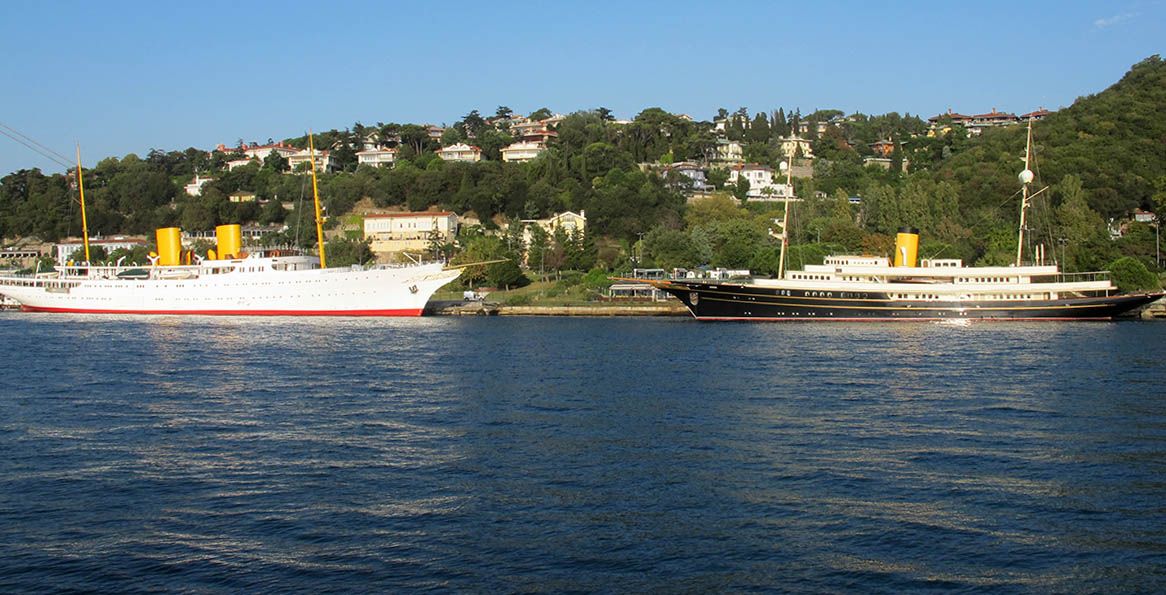
Once the Pall Mall of the Istanbul Monopoly board, Kuruçeşme fell on hard times in the 20th century, but money is now pouring in again, good and bad.
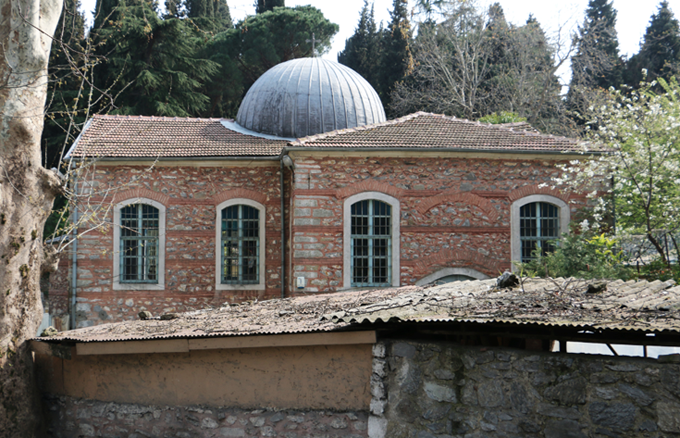
Glitz to gecekondu both fill the hilly back lanes, if no longer fragrant with Arnavutköy strawberries, Arnavutköy is still worth a stroll.
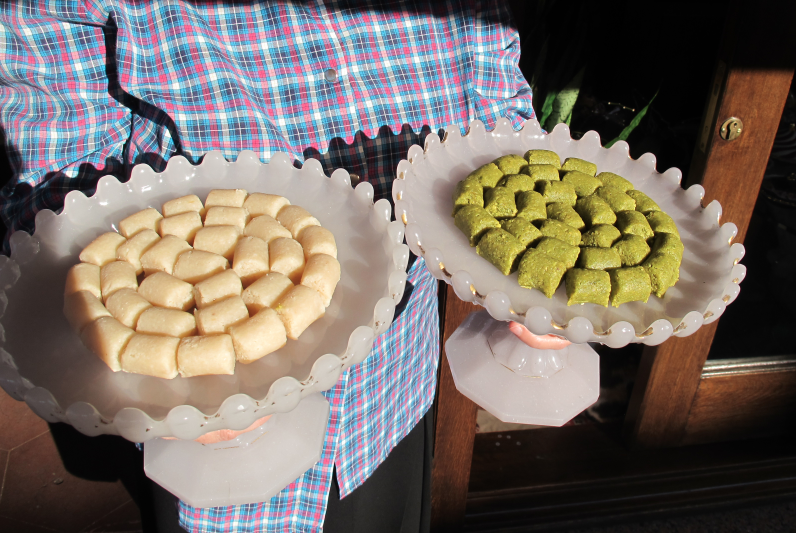
The smart 'village' dominating the middle stretch of the European shore of Bosphorus, with pretty parks at either end of a modest high street. Dominating the sheltered bay is the Art Nouveau Egyptian palace.
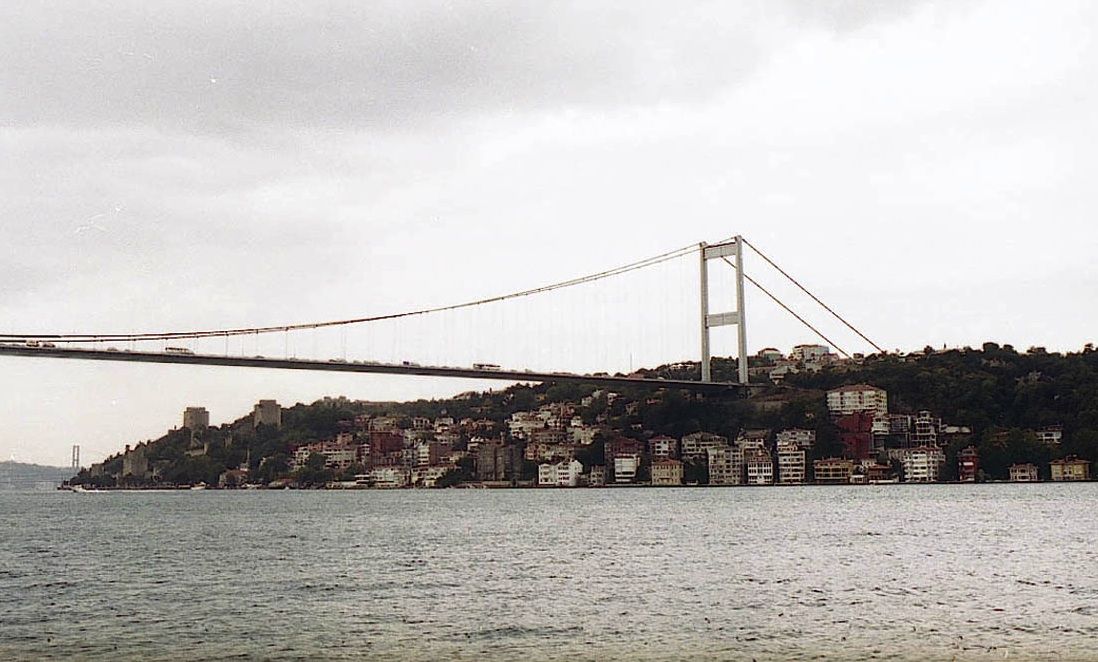
The most historically intriguing settlement on the Bosphorus, Rumelihisarı, with its splendid 15th-century Ottoman fortress, guards the narrowest point of the straits, across the water from the older Anadoluhisarı.
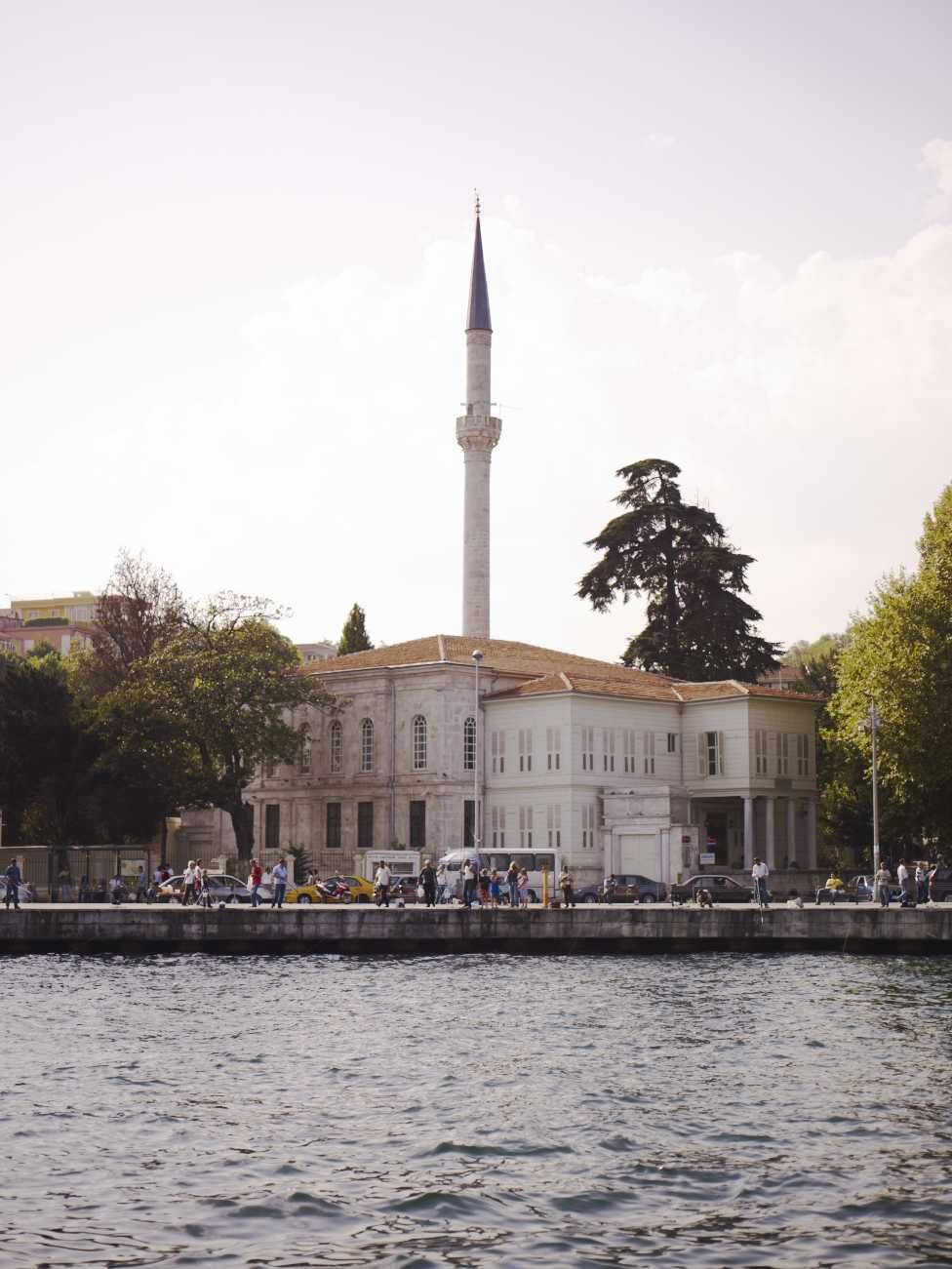
One of the most appealing villages on the European shore, immeditately north of the Fatih Sultan Mehmet Bridge. Also included are the villages of Baltalimanı and Boyacıköy.
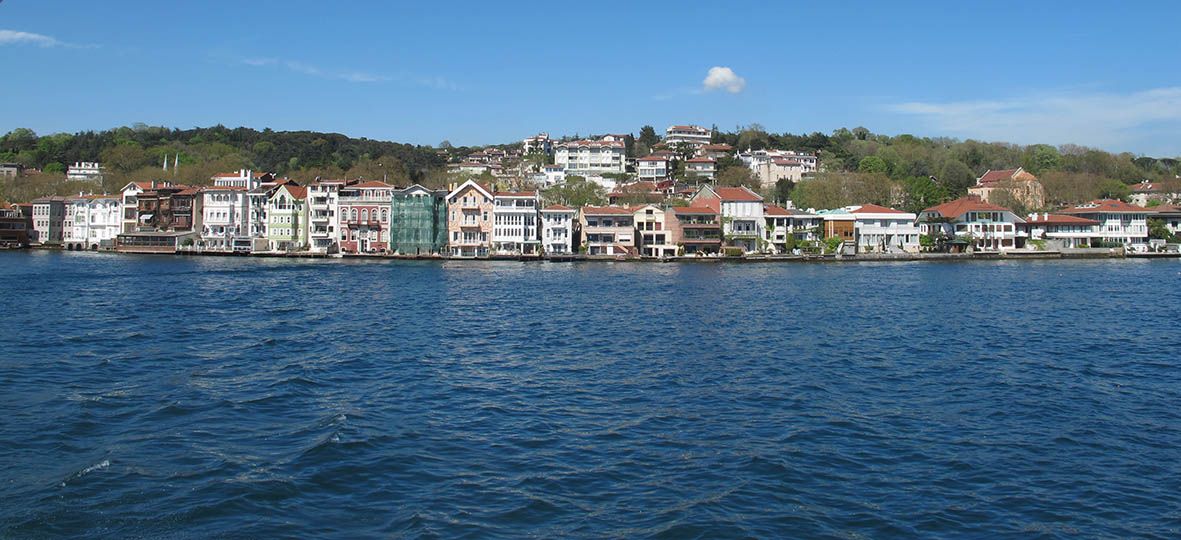
A prosperous town on the European shore, where the Upper Bosphorus opens out to its widest point. It still has a fine unbroken line of yalıs, and in Aleko’s the last old-fashioned fish restaurant on the European shore.
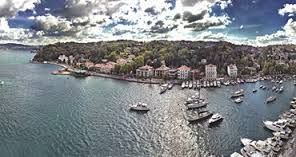
Tarabya is the prettiest cove on the on the European side, thanks to the handsome woods of the summer embassies to north and south of it. The Germans sadly are the only ones to have painstakingly restored their palace.
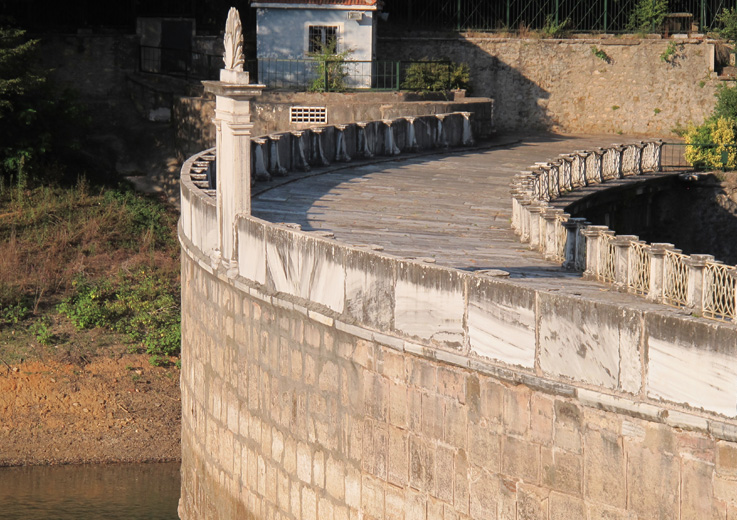
The upper road running the length of the Bosphorus behind the hilltops sweeps down to Büyükdere from Hacıosman, the last stop on the metro line. It's a shabby place, but has loads of history the amazing Sadberk Hanım Museum, access to the forest, and wonderful hilltop views.
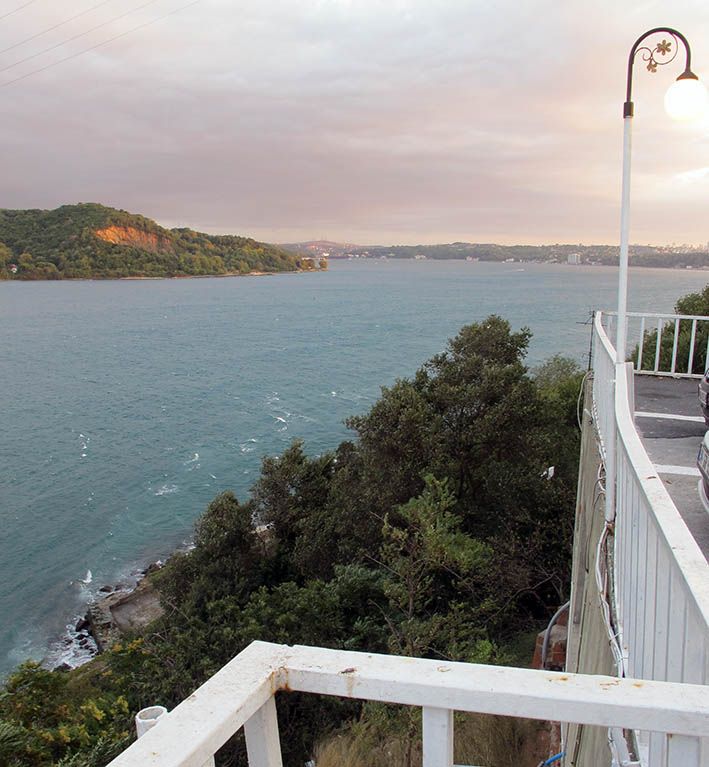
The end of the road: a working fishing village with a fleet of giant Turkish Black Sea trawlers, fish restaurants galore.

Cornucopia works in partnership with the digital publishing platform Exact Editions to offer individual and institutional subscribers unlimited access to a searchable archive of fascinating back issues and every newly published issue. The digital edition of Cornucopia is available cross-platform on web, iOS and Android and offers a comprehensive search function, allowing the title’s cultural content to be delved into at the touch of a button.
Digital Subscription: £18.99 / $23.99 (1 year)
Subscribe now